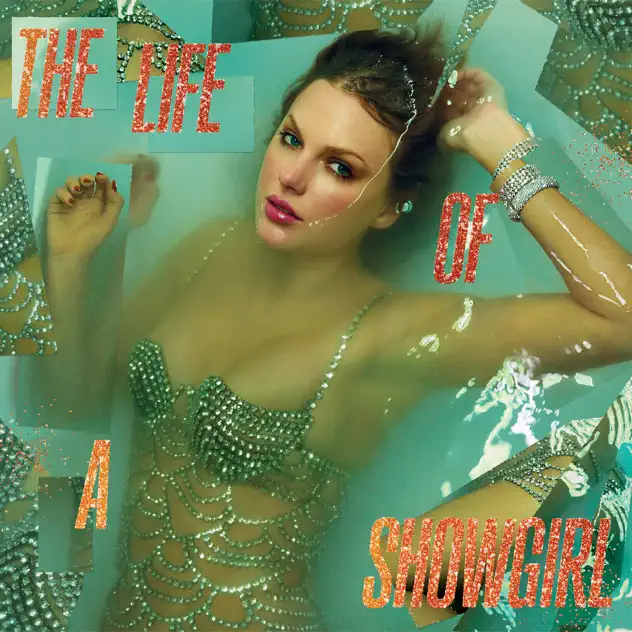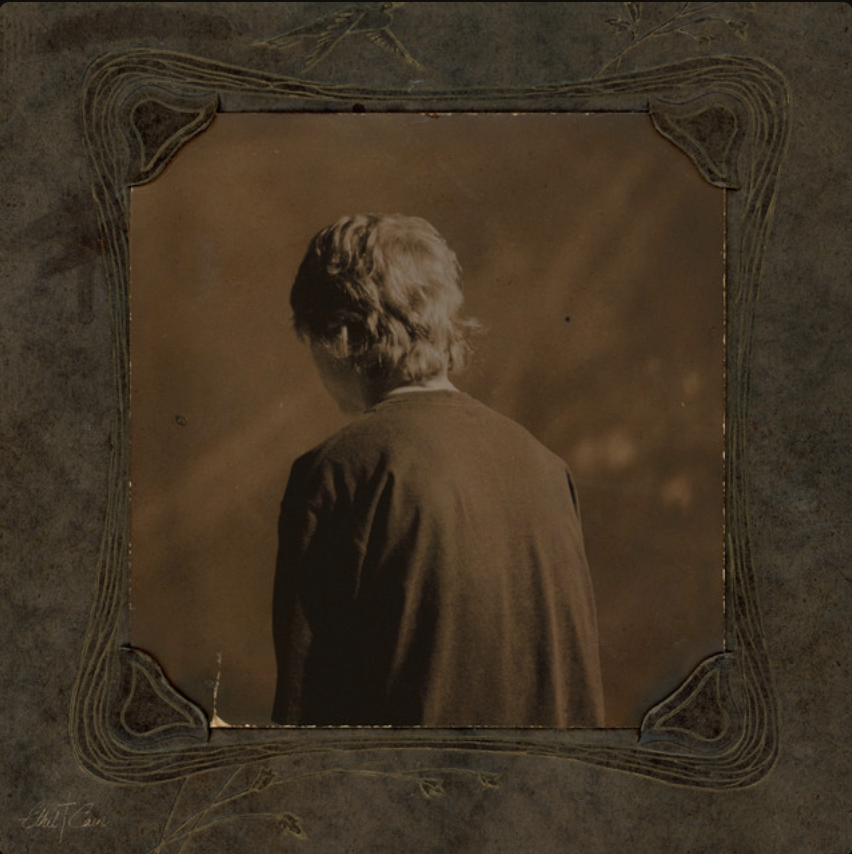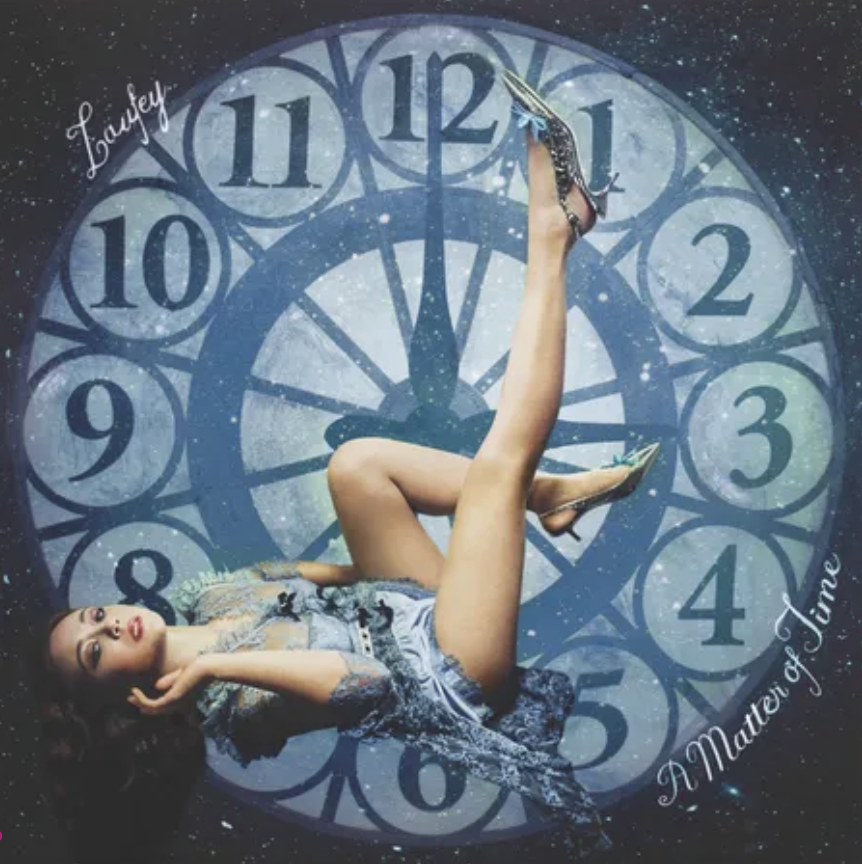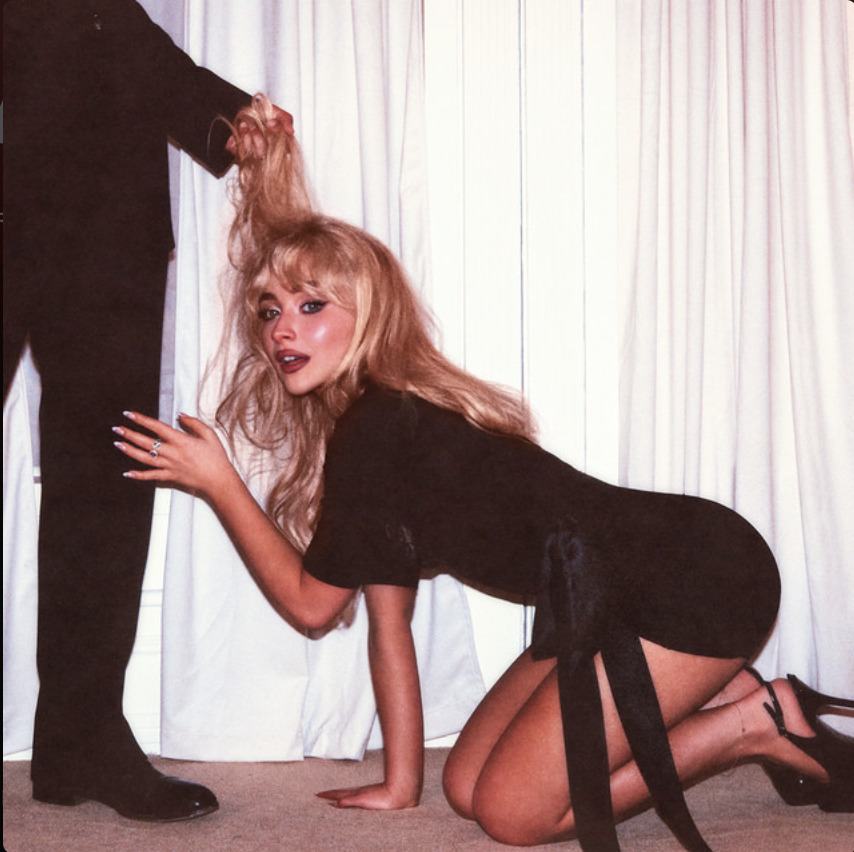I’m not a Swiftie. And yet, when Taylor Swift began marketing the album as a fusion of her previous albums “1989” and “Folklore,” I was scared to see what would be the result of it. Released on Oct. 3, her 12th studio album, “The Life of a Showgirl,” marked a bold departure from her previous works — one that was higher than my admittedly low expectations.
Drawing inspiration from her Eras Tour and relationship with NFL player Travis Kelce, Swift delves into a world of glamour, romance, and theatrics. Produced alongside Max Martin and Shellback, the album presents a vibrant fusion of pop and soft rock, encapsulating the essence of a showgirl’s life.
The album opens with “The Fate of Ophelia,” an allusion to William Shakespeare’s play “Hamlet” or, more specifically, Ophelia, a character in the famous story. Her fate was, like many of Shakespeare’s characters, not a happy one, and led to her going mad and drowning herself. In “The Fate of Ophelia,” however, she sings of being saved from such a fate by a love interest — as seen by the lyric, “And if you’d never come for me / I might’ve drowned in the melancholy.” It is arguably one of the best songs on the album, and if not, it certainly gets points for its catchy melody.
“The Fate of Ophelia” is followed by “Elizabeth Taylor,” a tribute to the late Hollywood icon. Through lyrics like “Be my NY when Hollywood hates me / you’re only as hot as your last hit baby,” Elizabeth Taylor is used as a lens for Swift to explore her own experiences with life under the spotlight. Personally, I was not a fan of the song and felt like there was a slight lack of emotional resonance throughout. Granted, it had personal experience and held emotional significance, but the presentation of the lyrics was kind of bland.
The album then transitions into a mix of upbeat pop tracks and softer, introspective ballads that showcase Swift’s versatility. “Opalite” stands out among them as a metaphorical story of finding happiness and everlasting love, especially after difficult relationships — it also references Kelce’s birthstone, adding a personal touch to the album’s narrative.
In “Eldest Daughter” and “Father Figure,” Swift blends vulnerability with power. The former offers a minor-key piano ballad reflection on public expectations and personal responsibility — much like “Elizabeth Taylor: — and the latter adds a dramatic, orchestral flair.
Elsewhere, tracks like “Ruin the Friendship” and “Actually Romantic” continue on to explore relationships and public perception; “Ruin the Friendship” holds an especially poignant meaning and abundance of personal emotions, representing the story of Swift’s regret over not kissing a high school friend who later passed away.
The pop star’s new album closes with the title track, “The Life of a Showgirl,” featuring Sabrina Carpenter. I have to say, Swift and Carpenter’s collaboration took me by surprise, and proceeded to sound pretty decent. It was the perfect note to end the album on, tying it all together with “Sequins are forever / and now I know the life of a showgirl, babe / wouldn’t have it any other way.”
All in all, the album was a pleasant addition to Swift’s fame, though the mixed reviews are completely understandable. I can’t say I absolutely love it — I’ve heard better ones — but there are a couple of songs I do very much like. It’s the sort of album that grows on you the more you listen, though, so Swiftie or not, I do encourage you to give it a try. You can listen to “The Life of a Showgirl” on Spotify and Apple Music.
















